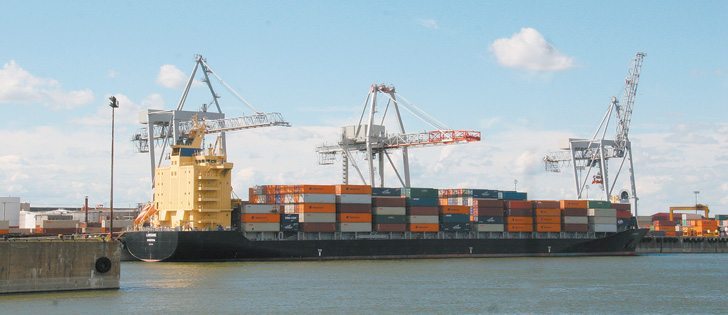Prairie farmers often like to think of themselves as producers of the best, highest quality wheat in the world.
But with the Canadian Wheat Board’s marketing monopoly about to end, questions are rising about how best to position this country’s wheat industry to compete most effectively.
That might mean rethinking Canada’s long-held focus on high protein, quality wheat.
It is good to periodically review market strategy. And it is important to understand that the key measurement in success is best profit rather than simply highest price.
Read Also

High prices see cow-calf producers rushing to incorporate
Farm accountants are reporting a steady stream of cow-calf producers rushing to get their operations incorporated ahead of selling their calves this fall.
The president of Toepfer Canada, Lawrence Yakielashek, made this argument at the Wild Oats Grainworld conference last week in Winnipeg.
He said a large part of the recent growth in global wheat demand comes from developing countries that can’t afford top quality wheat for most of their needs. Also, improved technology allows millers to use lower quality wheat and still produce acceptable products.
This increase in demand has been captured mostly by the republics of the former Soviet Union: Russia, Ukraine and Kazakhstan.
That region’s share of global wheat exports averaged 18 percent in 2000-10 but is expected to grow to 30 percent by 2020, according to the Organization for Economic Co-operation and Development. Market share of traditional exporters — Canada, the European Union, Australia, Argentina and especially the United States — is expected to decline over this period.
Yakielashek and others in the industry suggest Canada can be competitive in the mid-quality market.
Growing lower protein, higher yielding varieties might generate better per acre profits in some cases.
A more numerous and wider variety of companies selling Canadian grain increases the potential to discover and develop new markets.
But farmers know that corporations, be they the wheat board or a private grain company, have self interests that affect their mindsets. The wheat board liked operating in the premium market while the grain companies like volume from high yielding crops to generate profits from their elevator assets. They tend to think that what is good for the corporation is good for the clients.
Farmers have their own self interests that don’t necessarily mesh with the wheat board or grain companies.
Their interest is farm profit and they will have a “show me the money” attitude when selecting wheat to grow.
The proof will be in the contracts and the profit per acre.
While the open market might provide signals that there are markets for a greater variety of wheat types, it is doubtful that the Prairies will stop growing quality wheat. The generally dry climate is good for producing protein and, with long experience, farmers here have perfected the techniques to grow it.
And demand is good, both from millers that use it exclusively and those who use it in mixtures to raise the quality and functionality of cheaper wheat.
But the industry must remember that quality is not simply a grade or protein number.
Millers and bakers prize continuity and consistency of supply, functionality of the wheat and low dockage. These too are measures of quality.
Canada must retain its reputation for consistency and clean grain. When Australia deregulated its wheat industry, customers complained that its standards were slipping. A study by GrainGrowers, Australia’s largest grain industry organization, found that Australian wheat must demonstrate quality improvement, safety and security of supply to be an effective competitor in future markets.
That is a lesson Canada should keep in mind.














